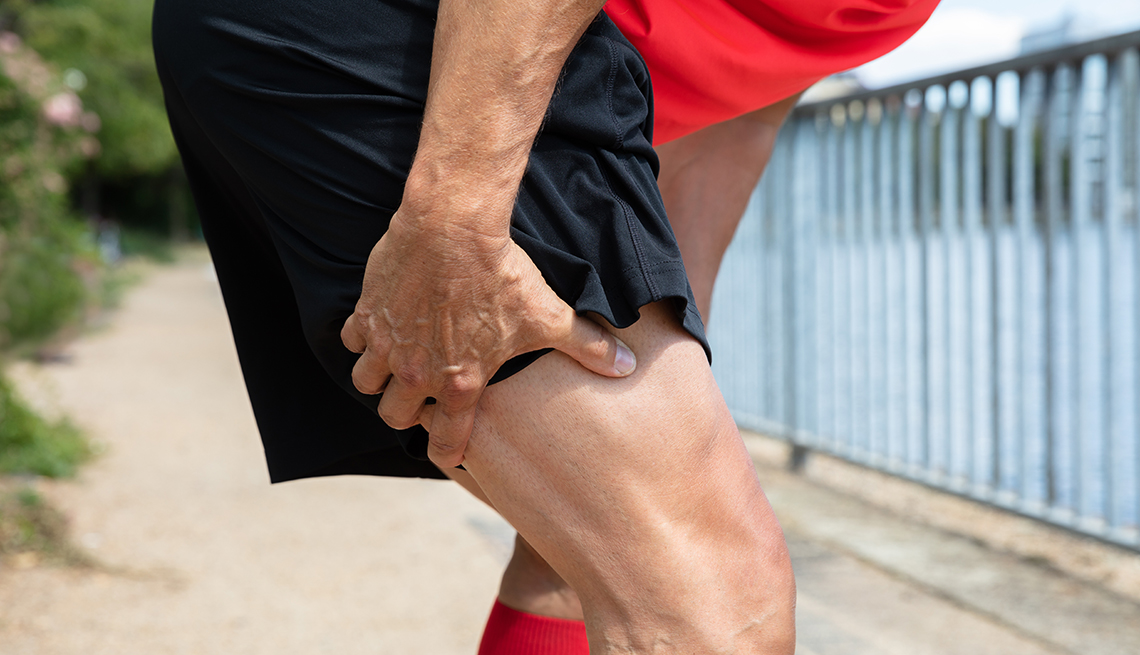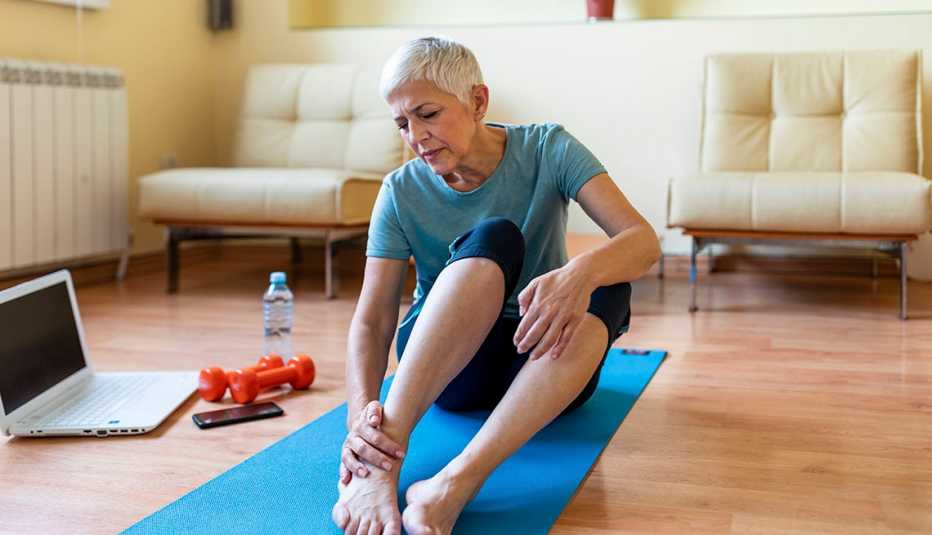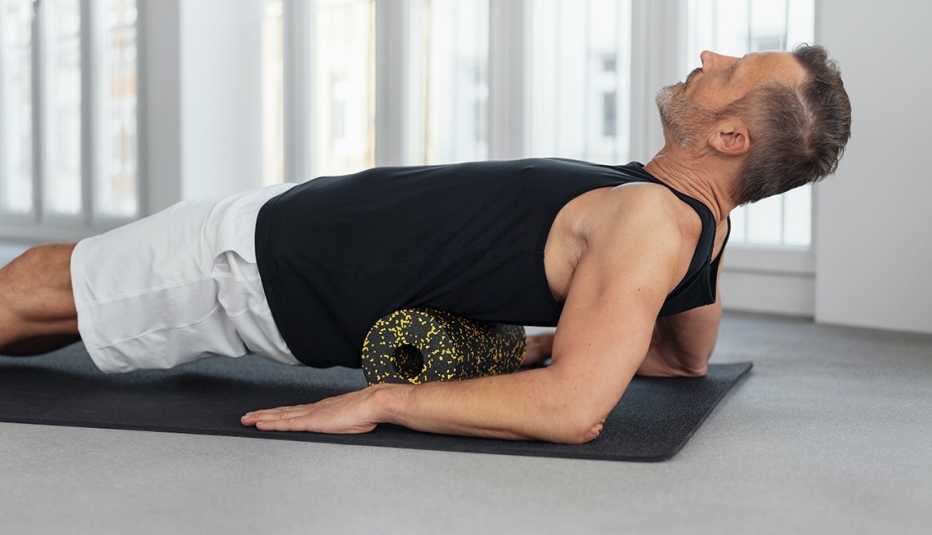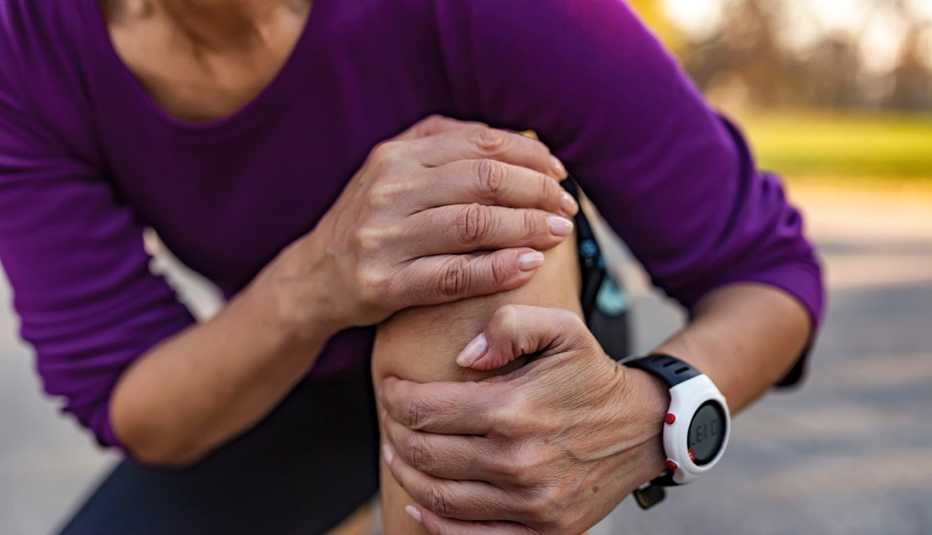AARP Hearing Center
Your hamstrings, located in the back of your thighs, are a part of your body that’s easy to ignore — until you make the wrong move and feel that sudden, sharp pain from an injury that could keep you hobbled for months.
“You can’t really move well without your hamstrings,” says Elizabeth Matzkin, M.D., chief of women’s sports medicine at Brigham and Women’s Hospital in Boston, and a spokesperson for the American Academy of Orthopaedic Surgeons (AAOS).
That’s because the hamstring, a group of three muscles that stretch from the bottom of your pelvis to your lower leg, does the simple but important job of enabling you to bend your knee and extend your leg behind your body. These muscles are essential for running, riding a bicycle or maneuvering around a tennis court. They’re also needed for everyday tasks such as walking, climbing stairs or getting out of a chair.
Hamstring strains a common injury
It’s not just professional athletes who strain their hamstrings on the football field or basketball court. Matzkin says it is a relatively common injury among athletic adults over 50 years old who enjoy running, golf and tennis. She’s even seen some serious hamstring injuries suffered by recreational water skiers who’ve taken a spill. She notes that about 30 percent of the patients she sees come in with a hamstring injury.
Older adults are particularly vulnerable to hamstring injuries because there’s a natural tendency for the muscles to become stiffer and less flexible with age. Additionally, “sometimes our core stability isn’t as good,” Matzkin says. Those factors make it easier for a quick movement to overload the muscle, or to force it beyond its normal range of motion, causing a tear in one of the three muscles that make up the hamstring..
Hamstring injuries vary in severity, from small (grade 1) tears that require rest and rehabilitation, to severe (grade 3) tears that can require surgery to repair. Either way, Matzkin says you might be looking at several months before you can get back to your usual activities, and a few more months to reach the point where you no longer notice the injury when you move. “It takes a long time for it to completely resolve,” she says.
Once you hurt a hamstring, you may be in for more trouble down the road. “One of the most significant risk factors for a hamstring injury is a previous hamstring injury,” Matzkin says.




































































